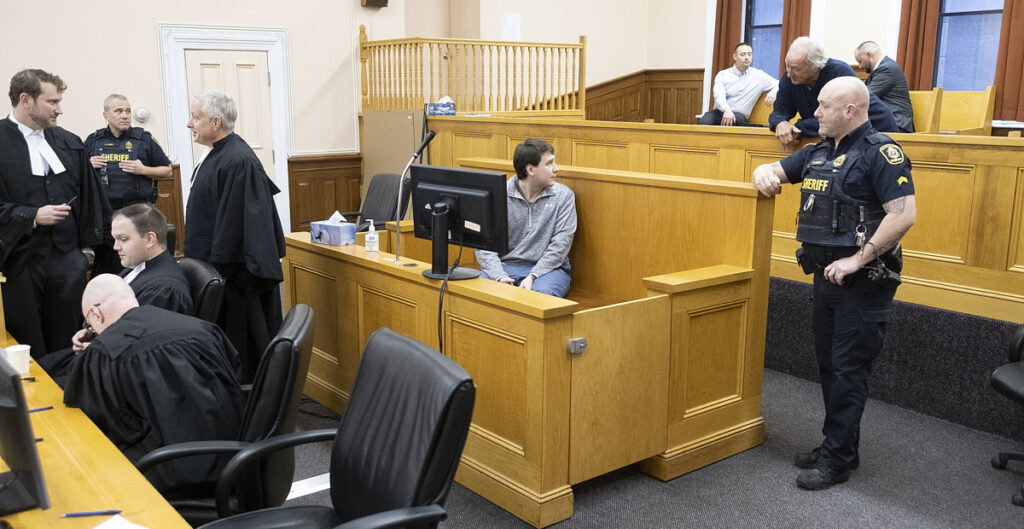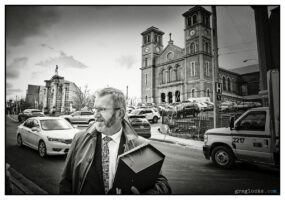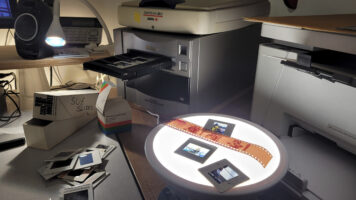
A recent post on social media started a discussion about media cameras having access to court rooms. Here is the lowdown on how and why photographers are permitting in the courts in Newfoundland and Labrador and we have a special situation.
In the Law Courts of Newfoundland and Labrador, Provincial, Supreme and Court of Appeals, the media is free to photograph and record video in the court room and hallways as they would anywhere with some rules and the usual restrictions of publication bans and special orders. But with the exception of Family Court. …Download the PDF
We are free to move around the room, work as we please, even talk to who we want, until the judge calls the court to order and we must leave the room or sit down and stop photographing or recording.
We may begin again when the judge adjourns and leaves the room.
This is the only jurisdiction in Canada to allow this as a point of policy. Other courts, including the Supreme Court of Canada, have only allowed media cameras on very special occasions or decisions.
However it is worth noting that the SCC broadcasts it’s own live feed and records and uploads all hearing to their website where it available to the public and news media.
Ontario has the strictest rules as I found out in my career as a young photojournalist. I was nearly arrested for just photographing on court house grounds in St Catherine’s, Ontario during a famous high profile Buxbaum murder trial. I survived without a record but my presence was requested by the judge and I was spoken too sternly.
In Newfoundland the courts has always been open to the media but at the discretion of the presiding judge.
Sometime around 2009 I was at a Law and the Media conference and sitting with Newfoundland Chief Justice Clyde Wells, Justice Derek Green and a couple of others discussing the role of media in the courts and how to allow still and video cameras in the court rooms while still maintaining the decorum and procedures of the courtrooms and the rights of all involved.
Not long after that guidelines were published and sent to the local media organizations.
This was a major step forward for media rights and press freedoms in Canada.
Chief Justice Wells and the others were firm believers that our courtrooms and courthouses were public spaces and felt there had to be transparency and all citizens should know how our justice system operated.
They understood that the majority of the citizenry could not all come to court to bear witness to a free and public judiciary at work. The news media was an extension of the public forum and was the vector through which the public could have access, transparency and gain knowledge of how the system work.
As we all see now on social media and hear on the radio open lines shows, the lack of knowledge of how our justice system works is stunningly spectacular. Especially among our elected politicians. Although that may just be political theatre.
In 1987 the Law Reform Commission of Canada and the Canadian Bar Association independently studied and recommended immediate camera access to courts. Hasn’t happened yet.
Maybe, someday, the rest of Canada will catch up with Newfoundland and Labrador.
If anyone knows how media cameras in the courts works in the other provinces please chime in.
~~~






